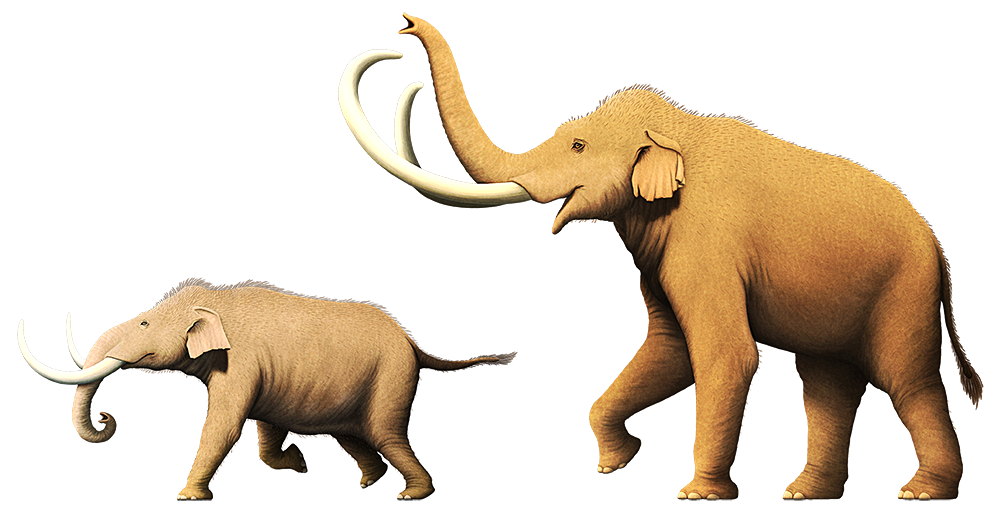In the cool-temperate climate of Pleistocene Japan one type of small elephant seems to have convergently become somewhat of a mammoth-mimic, with twisting tusks and possibly even a thick coat of hair.
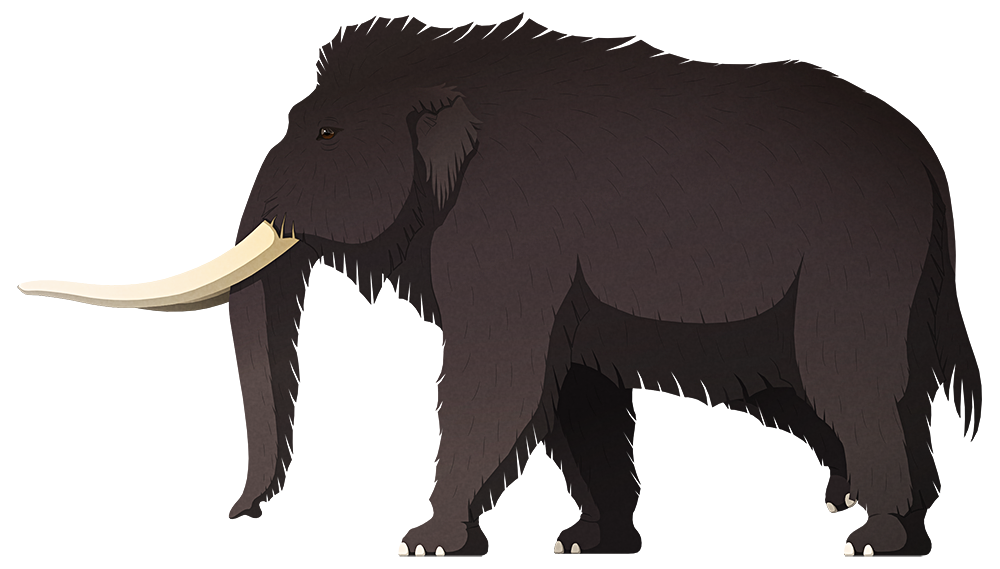
Palaeoloxodon naumanni lived during the late Pleistocene, between about 500,000 and 16,000 years ago. At about 2-2.5m tall at the shoulder (6’6″-8’2″) it was still fairly large, similar in size to the smallest living elephant species — but it was a dwarf in comparison to its immediate ancestors, the absolutely enormous Asian straight-tusked elephant (Palaeoloxodon namadicus).
Actual woolly mammoths (Mammuthus primigenius) were also present in Japan, but the two similar-looking elephants inhabited different environments — Palaeoloxodon naumanni preferred the southern forests, while the true mammoths roamed the colder north.
Humans arrived in Japan around 40,000-30,000 years ago, so Palaeoloxodon naumanni actually coexisted with them for quite some time. Although it was hunted, it seems to have mainly been climate change towards the end of the last glacial maximum that led to its extinction.
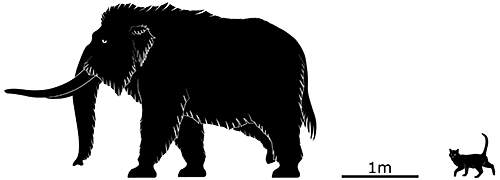
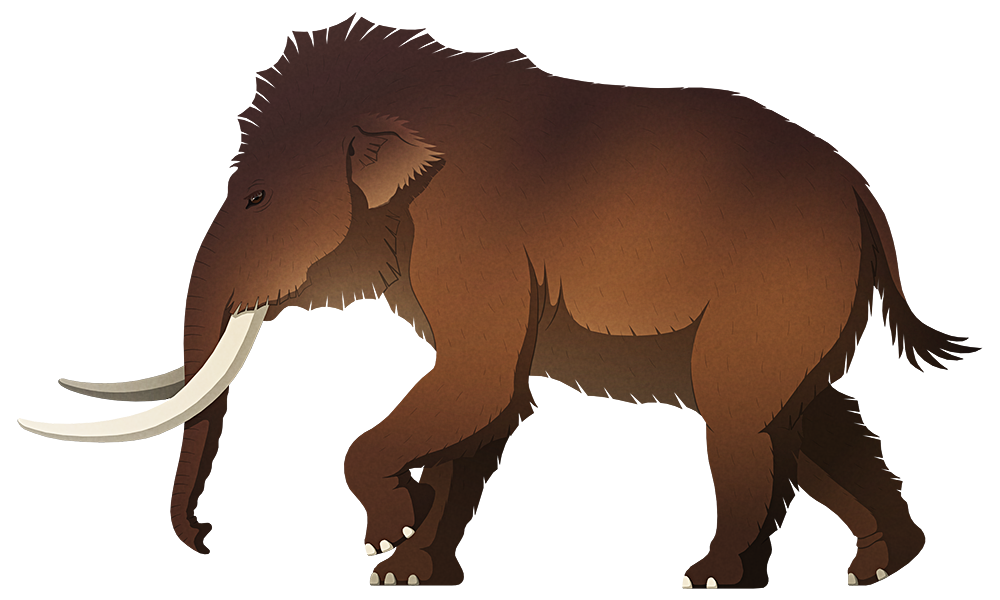
Over on the other side of the Pacific Ocean, at least 60,000 years ago, some huge Columbian mammoths (Mammuthus columbi) swam the 6.5km (4 miles) distance to the ancient island of Santa Rosae — a landmass that today is mostly submerged, with its remaining peaks forming the modern California Channel Islands.
With a lack of large predators and then steadily rising sea levels reducing the available habitat on their new home, the mammoths shrank into a dwarfed species known as the Channel Islands pygmy mammoth (Mammuthus exilis). Standing around 1.75-2m at the shoulder (5’9″-6’6″), they were less than half the size of their ancestors and had only about 10% of the body mass.
The pygmy mammoths survived until about 13,000 years ago, around the same time that early Paleoindians arrived. While they may also have been hunted by humans, the warming post-glacial climate is currently thought to be the main factor in their extinction, changing the types of vegetation on their still-shrinking islands and reducing fresh water sources.
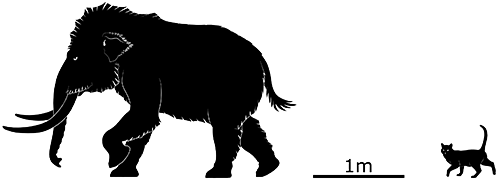
(And if you prefer your pygmy mammoths less speculatively hairy, there’s always the version I did for PBS Eons earlier this year.)


